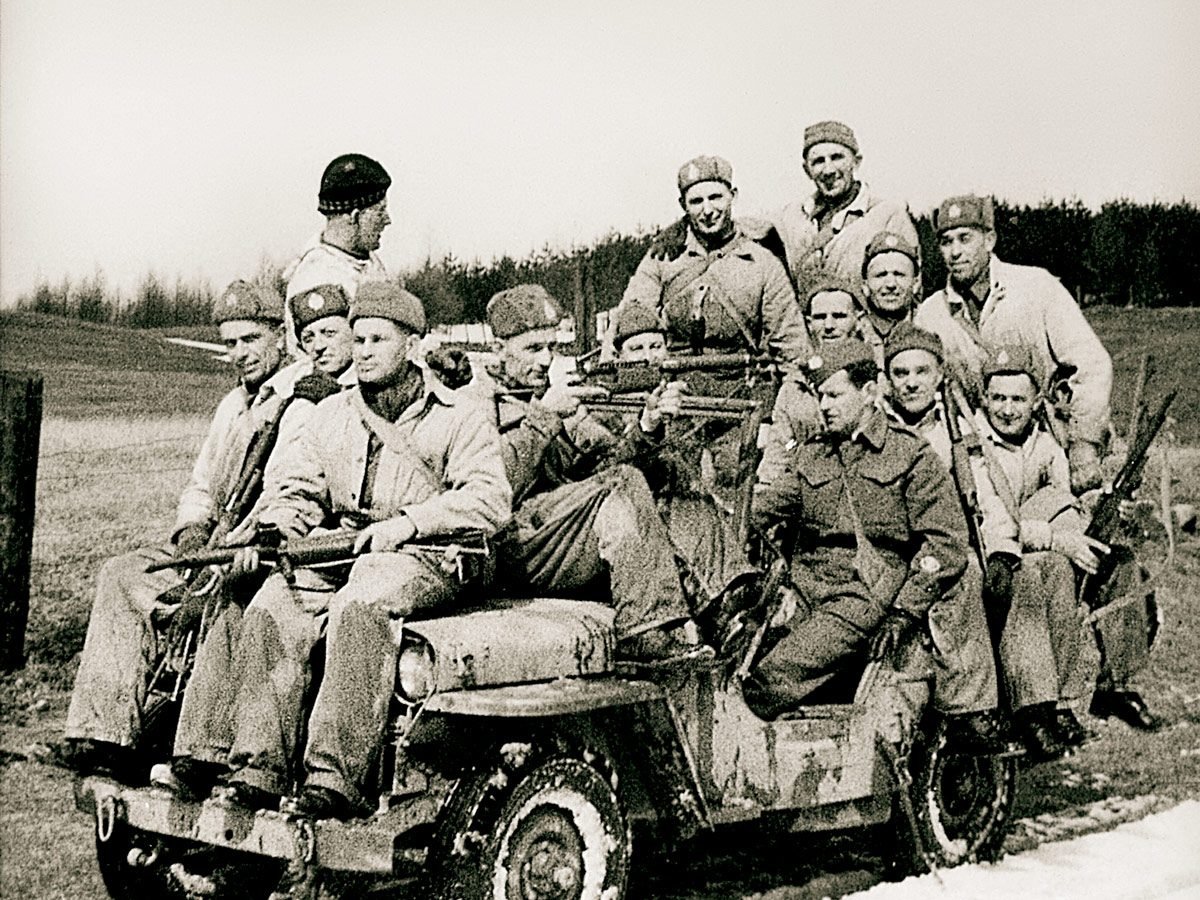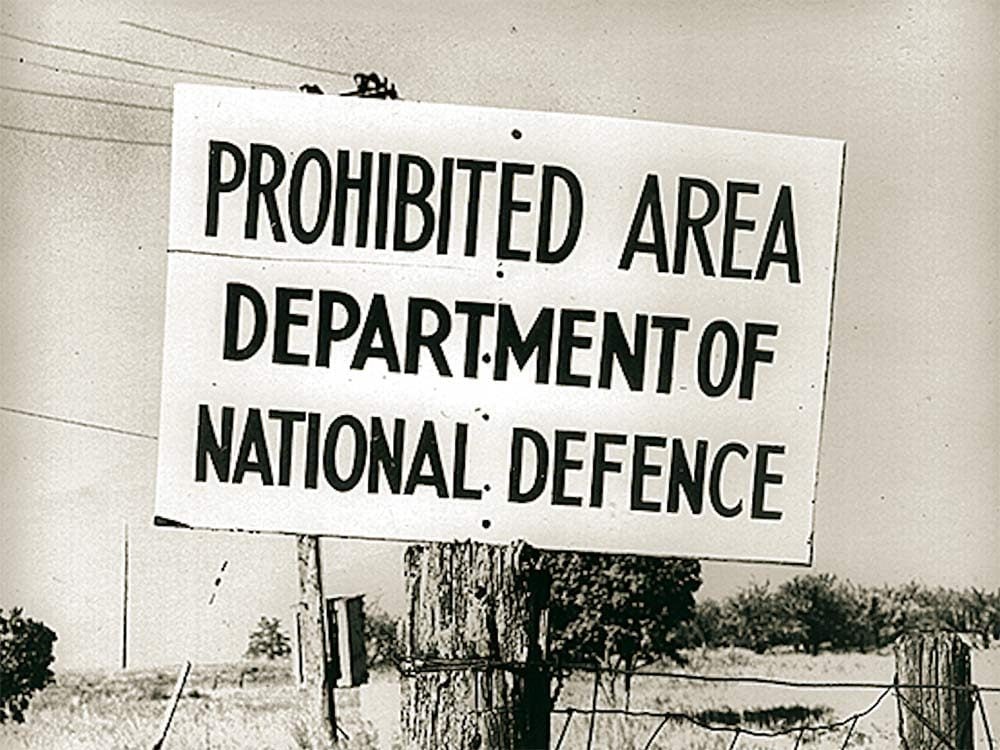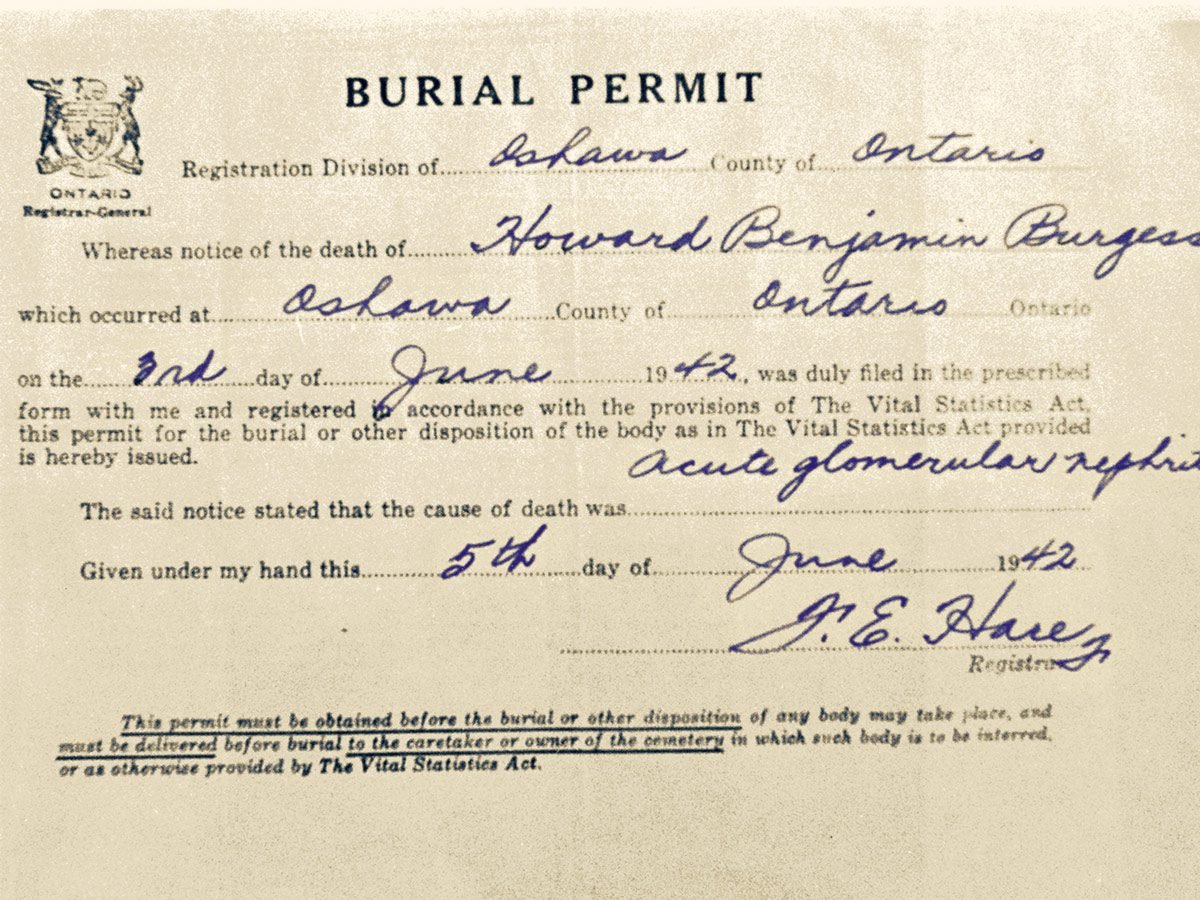
The Camp X Story
Unofficially known as “Camp X,” Canada’s top-secret Second World War spy training school was established December 6, 1941, in Whitby, Ontario, through a cooperative effort between the British Security Coordination (BSC) and the Canadian government. The BSC’s chief, Sir William Stephenson, was a Canadian from Winnipeg and a close confidant of the British Prime Minister, Sir Winston Churchill, who had instructed him to create “the clenched fist that would provide the knockout blow” to the Axis powers. One of Stephenson’s successes was Camp X.
The camp was designed for the sole purpose of linking Britain and the United States. Until the direct attack on Pearl Harbor on December 7, 1941, the United States was forbidden by Congress to get involved with the war. How timely that Camp X should open the day before that attack by the Japanese.
Even the camp’s location was chosen with a great deal of thought: a remote site on the shores of Lake Ontario, yet only 30 miles straight across the lake from the United States. It was ideal for bouncing radio signals from Europe, South America, and, of course, between London and the BSC headquarters in New York.
The choice of site also placed the camp only eight kilometres from Defence Industries Ltd. (DIL), currently the town of Ajax. At that time, DIL was the largest armaments manufacturing facility in the Commonwealth.
Other points of strategic significance in the camp’s locale include the situation of the German Prisoner of War Camp in Bowmanville, and the position of the mainline Canadian National Railway, which went through the top part of Camp X.

Spies in Training
The commanding officers of the camp soon realized the impact and importance of Camp X. Requests for more agents and different training programs were coming in daily from London and New York. Not only were they faced with training agents who were going to go behind enemy lines on specialized missions, but now they had been requested to train agents’ instructors as well. These would be recruited primarily from the United States for the Office of Strategic Services (OSS) and for the FBI. Soon there were trainers training trainers for new camps that would be set up in the U.S.
To ease the demand for experienced trainers, a very successful program of weekend courses for OSS executives was established.
The psychological aspect of the training was most critical. Equally as crucial as the agent’s training in silent killing and unarmed combat was the development of his ability to quickly and accurately assess the suitability of a potential “partisan.” He had to be able to recognize a would-be recruit by being alert at all times and in any situation. He was trained to listen for a comment about the government, the Nazis or how the war was progressing, and to subsequently engage the individual in conversation, perhaps offer him a drink or buy him a meal. In this manner, he could further identify the individual’s philosophy and thoughts about the war.
Paramount among the objectives set for the operation, including the training of Allied agents for the entire catalogue of espionage activities (sabotage, subversion, deception, intelligence and other special means) was the necessity to establish a major communications link between North and South America and European operations of the Special Operations Executive (SOE). Code-named Hydra, the resulting short-wave radio and telecommunications centre was the most powerful of its type. Largely created by a few gifted Canadian radio amateurs, Hydra played a magnificent role in the tactical and strategic Allied radio networks.
When you step back and look at the 1940 big picture, you can see exactly why Canada was so important to the SOE as a base for their agents. If the agents were to be recruited in Canada, why not train them there? Soon the BSC had large populations of French Canadians, Yugoslavs, Italians, Hungarians, Romanians, Chinese and Japanese at their disposal and in a concentrated geographical area. It was easier to send a few instructors over to Canada than it was to send 500 or 600 potential agents to Britain only to find that they were not secret agent material.
The agents who trained at Camp X would have no idea as to their future mission behind enemy lines, nor, for that matter, would the instructors or the camp commandant. Camp X’s sole purpose was to develop and train agents in every aspect of silent killing, sabotage, partisan work, recruitment methods for the resistance movement, demolition, map reading, weaponry and Morse code.
It was not until the agent completed the ten-week course that the instructors and commanding officers would assess each individual for his particular expertise and subsequently advise the SOE in London of their recommendations. For example, one agent might excel in the demolition field, while another might be better at wireless telegraph work.
Upon their arrival in Britain, the agents would be reassessed and would be assigned to a finishing school where their expertise would be further refined. Once this task was completed, another branch of the SOE would take over and develop a mission best suited for each individual agent.
Check out 30+ powerful true stories from Canadian veterans.

Camp X Mysteries Abound
There were many inexplicable events that occurred at Camp X, including some strange and disturbing deaths.
One involved 29-year-old political warfare instructor, Kenneth Wilson, who was sent to Toronto and told to register at The Royal York Hotel, where on the morning of June 18, 1942, a staff car from Camp X would drive him to a secret location. This same staff car would return him to the hotel at the end of the day. He spent long hours at the camp training agents, and that evening, he returned to the hotel. After dinner, he retired to his room and, exhausted, was soon asleep.
Early the next morning he telephoned the assistant manager and asked if there was a doctor in the hotel. He was told that there was no doctor present, but one could be sent very quickly. He then said not to bother because he thought he was feeling a little better.
At about 9:30 a.m., he again telephoned and asked for a doctor who was immediately sent for. The doctor stayed with him for about an hour. By this time he appeared to have recovered completely, so the doctor left. Meanwhile, an assistant had gone down to the hotel to stay with Wilson, and at about 11:15 a.m. he suddenly became much worse. Two nurses were called immediately, but before the doctors who were called had arrived, Wilson died. At age 29, the brilliant BSC executive had died from sudden heart failure, leaving behind a wife and an 18-month old daughter. Was he poisoned? Was he murdered by German Abwehr agents operating in Toronto?
Read up on more of Canada’s greatest unsolved mysteries.

More Strange Occurrences at Camp X
Another incident involved one of the most talented silent killers in the world, the great William Fairbairn. Fairbairn was 59 when he was sent to Camp X to train men 30 years his junior.
One night, after he retired early, a fire broke out in the mess, just down the hall from Fairbairn’s room. Guards were quickly at his window where flames were now climbing the wall outside his room. Two of the guards managed to pull Fairbairn through the window. Within five minutes the entire building was razed to the ground. Could this possibly have been a coincidence, the fire happening on the same night that the building was occupied? Or was there a more cynical explanation?
The strange occurrences continued. Another involved 25-year-old Howard Benjamin Burgess, who was excited about his new position as chief instructor in Canada when he arrived in late May 1942. On June 3, the young, healthy Burgess suddenly dropped to the ground, unconscious, while on camp property. Everyone was in shock. The camp doctor was immediately summoned. Dr. Millman quickly placed the now bleeding Burgess into the back of his car and raced him to hospital. A guard was posted outside of Burgess’s room and told that no one was to enter the room other than Dr. Millman and the head nurse who had now been sworn to secrecy under the Official Secrets Act.
Three days later, Burgess succumbed to his injuries. The official cause of death was a cerebral hemorrhage.
Years later, while writing my book Inside Camp X, I decided to investigate this strange death of someone who appeared to be in excellent health. Exhaustive research found some very disturbing facts. The official records on file at Camp X did not agree with the official cause of death. The death certificate and burial permit (above) showed the cause of death as acute glomular nephritis—a severe kidney disease. I took a copy of the death certificate to a doctor who advised that a person succumbing to such a disease would have been very sick, weak and emaciated, hardly the strong, healthy man that was Howard Burgess. I was also able to track down the then-retired head nurse who confided that the injury was caused by a gunshot wound to the right temple.
There were other mysterious deaths at Camp X as well—proving that fact really can be stranger than fiction.
Next, read the incredible story of how Alberta’s Cree code talkers helped win the Second World War.